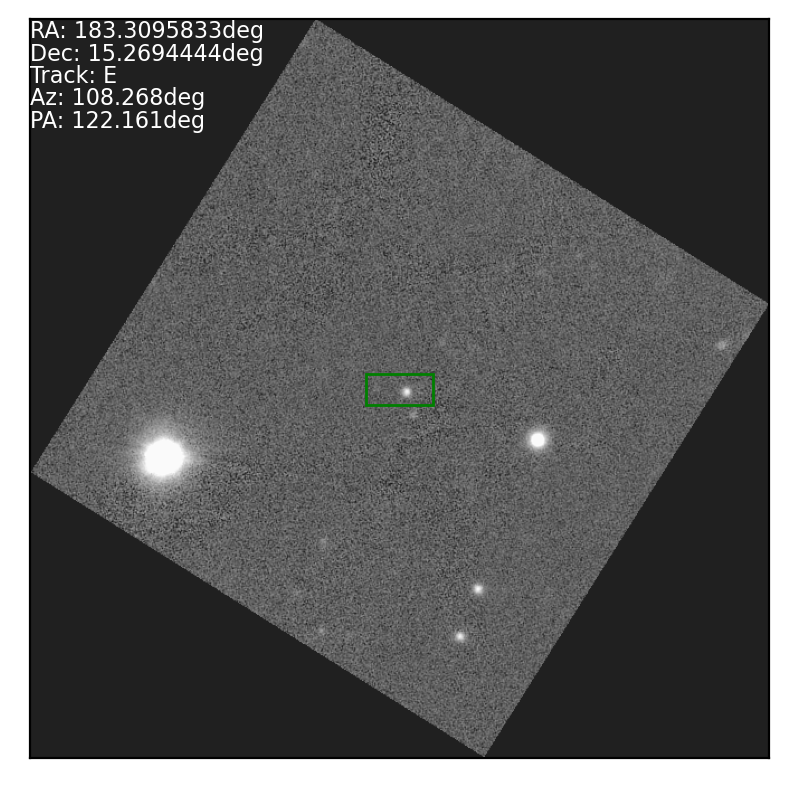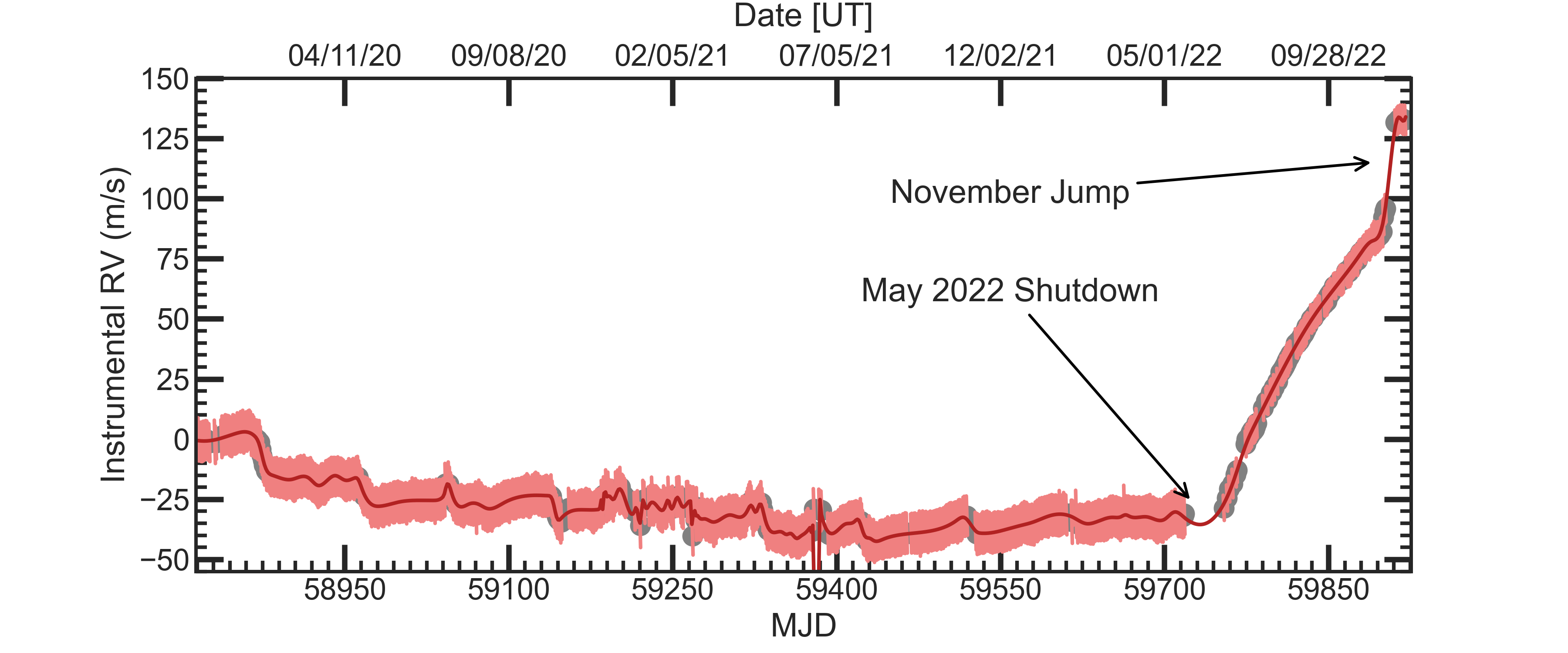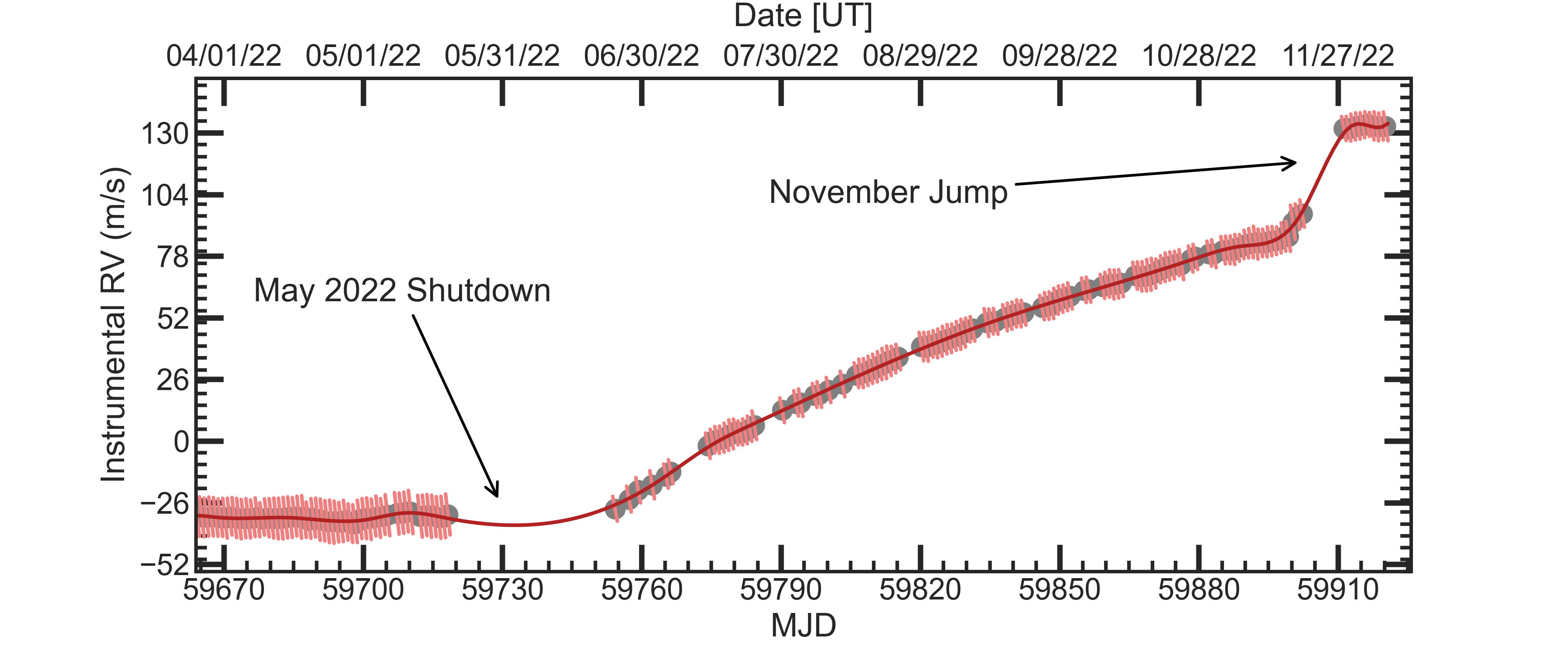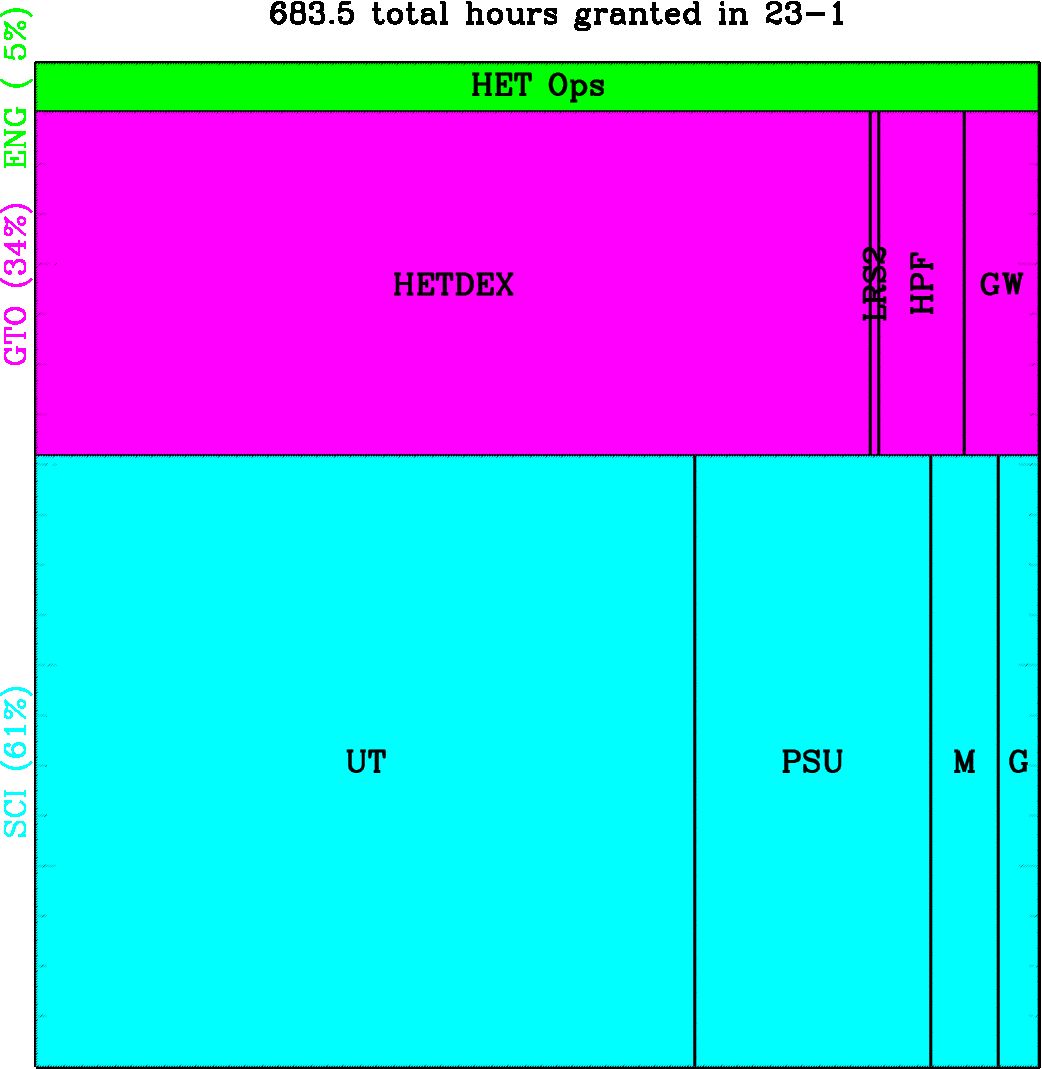HET documentation:
Our documentation pages continue to evolve
and improve, and a number of old/deprecated pages have been
removed. This updated "Observing Status" page remains the
central location for information about sky quality, observing
statistics, and more: https://hydra.as.utexas.edu/?a=help&h=7
In particular it provides links to access the daily "Night
Report", the "OPS Report" (which includes the list of high
priority targets highlighted for that night's observations),
daily VIRUS bias exposure snapshots, and much more! Take a look
and let us know if you have questions or requests for more
content.
HET Acknowledgements and citations:
The HET Board of Directors recently approved an
updated policy for how to cite acknowledge HET observations and
instruments in your publications. Please see here for the full
details: https://hydra.as.utexas.edu/?a=help&h=61New LRS2 finder image code:
There is a new code that generates a cut-out image from PanSTARRS and overlays the LRS2 IFU footprint at the correct orientation (example image below). The code is available here: https://github.com/sjanowiecki/HET_lrs2_finder This is intended to help users understand and interpret their LRS2 observations, particularly in crowded or complex fields with multiple sources in the IFU.

Collecting Efficiency
We are working towards implementing a
significant improvement to the Phase II Target Submission Language
parameterization of sky transparency. Instead of requesting N/S/P
conditions (0%/50%/90% transparency), users will soon request a
minimum value of Collecting Efficiency (CE) for their observation,
where:Collecting Efficiency = Sky Transparency * Primary Mirror Pupil Illumination
This will give users more detailed information and control over
their data quality. There is documentation available to describe
how to estimate CE for your targets and what types of values are
reasonable to request: https://hydra.as.utexas.edu/?a=help&h=140
Sky Transparency varies between 0 (cloudy)
and 1 (clear) and Pupil Illumination varies between 0.5 (tracker
at extreme edge) and 1 (tracker centered over the mirror), so CE
varies from 0 to 1. Note that we also provide an online Filling
Factor Calculator to determine the maximum pupil
illumination available for a given declination and exposure
time. Experienced users will be aware that longer exposures
experience worse pupil illumination: at Dec=+45deg, a 10min
exposure has an average pupil of 97% but a 30min exposure has
only 91% pupil illumination. This impact should be considered
carefully when requesting CE in the future!
Beginning in 23-1, Users will have access to
the CE for each of their observations through the "Objects
Observed" tab in their program interface on Hydra. Please use
this opportunity to become familiar with the typical values of
CE during regular observations:
Remember that "Sky conditions" (green arrows above) include the
average sky surface brightness (in the listed SDSS filter)
during your exposure, and the average transparency in
parentheses. The new column for C.E. appears under the orange
arrow in the screenshot above.
Starting in 23-3 we hope to transition to CE
and discontinue the use of SKYTRANS. Additional information will
be forthcoming about this important transition.
MOONDOWN TSL keyword
Starting in the 23-2 trimester (1-April 2023)
we will introduce the new TSL keyword "MOONDOWN" which can be used
to request that the moon be below the horizon during the entire
visit (and that the visit be completed within the dark portion of
the night between 18-deg twilights). In the past, SKYBRIGHT_X
(where X = g, r, or i) of exactly 21.0 was an indication that the
moon should be below the horizon. Starting in 23-2 we will treat
the sky surface brightness keyword literally and offer MOONDOWN as
an option for users who wish to request that.HPF wavelength drift
As many users have already noticed, the HPF
spectrograph is experiencing a larger-than-normal wavelength drift
after the summer 2022 engineering maintenance. The LFC
calibrations are able to fully correct for this drift, and the HPF
team is investigating possible causes. The drift appears to be
slowly stabilizing and should not cause an impact to science
users.

The "November 2023 Jump" is discussed further in Suvrath's "Note to HPF Users" included in the 22-3 End of Trimester report.

